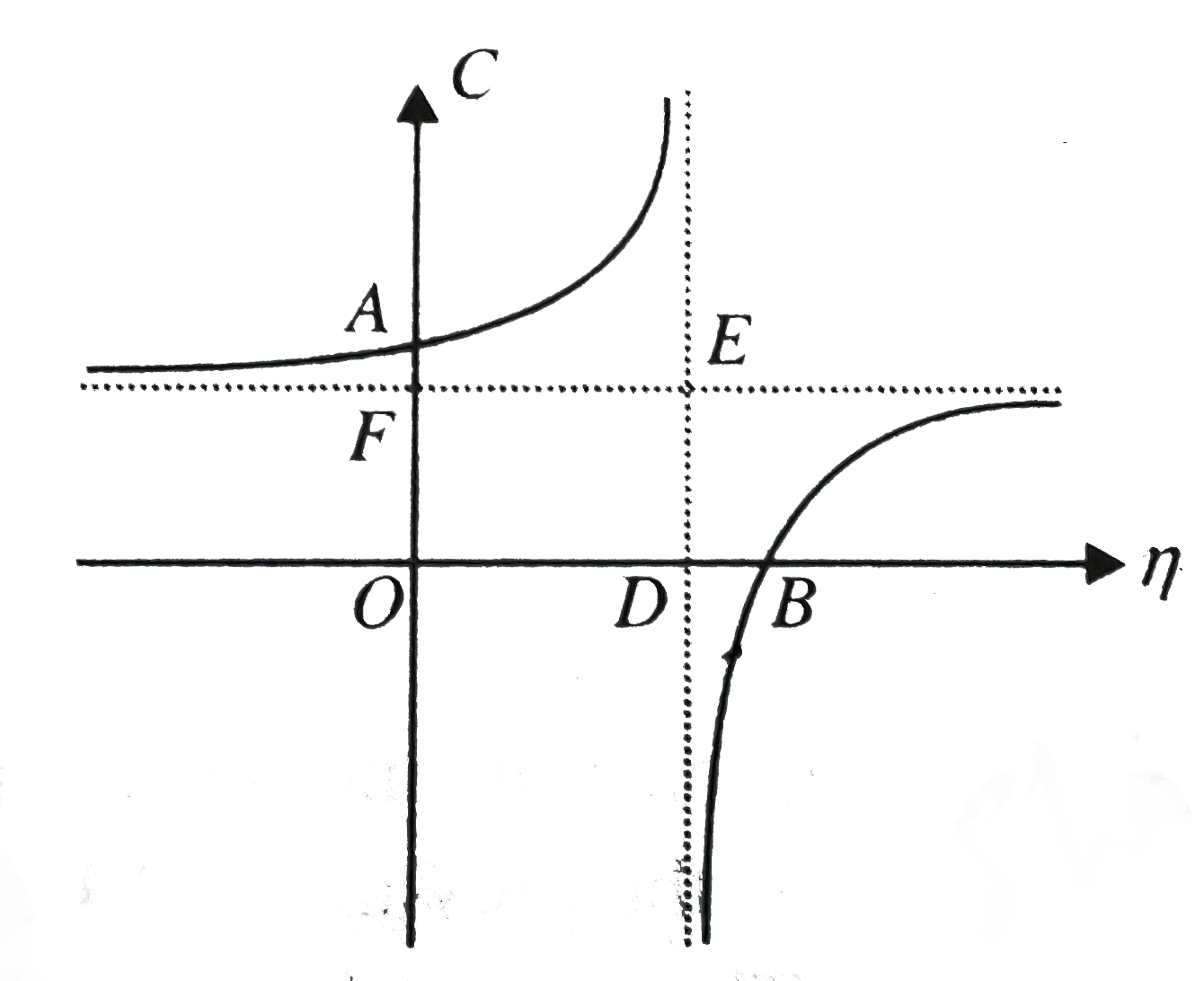State first law of thermodynamics. On its basis establish the relation between two molar specific heat for a gas.
Step-by-Step Solution
Step 1: State the First Law of Thermodynamics
The first law of thermodynamics is a statement of the conservation of energy. It can be expressed mathematically as:
ΔU=Q−W
where:
- ΔU is the change in internal energy of the system,
- Q is the heat added to the system,
- W is the work done by the system.
Step 2: Define Molar Specific Heats
Let:
- CV be the molar specific heat at constant volume,
- CP be the molar specific heat at constant pressure.
Step 3: Relate Heat, Work, and Internal Energy
For a process at constant volume, the work done W is zero, so:
Q=ΔU
Thus, we can express the change in internal energy as:
ΔU=nCVΔT
where n is the number of moles and ΔT is the change in temperature.
Step 4: Consider a Process at Constant Pressure
For a process at constant pressure, the heat added to the system can be expressed as:
Q=ΔU+W
The work done at constant pressure is given by:
W=PΔV=nRΔT
Thus, we can write:
Q=nCPΔT
Step 5: Combine the Equations
From the first law, we have:
nCPΔT=nCVΔT+nRΔT
Dividing through by nΔT (assuming ΔT≠0):
CP=CV+R
Conclusion
The relationship between the molar specific heats at constant pressure and constant volume is:
CP=CV+R
The first law of thermodynamics is a statement of the conservation of energy. It can be expressed mathematically as:
ΔU=Q−W
where:
- ΔU is the change in internal energy of the system,
- Q is the heat added to the system,
- W is the work done by the system.
Let:
- CV be the molar specific heat at constant volume,
- CP be the molar specific heat at constant pressure.
For a process at constant volume, the work done W is zero, so:
Q=ΔU
Thus, we can express the change in internal energy as:
ΔU=nCVΔT
where n is the number of moles and ΔT is the change in temperature.
For a process at constant pressure, the heat added to the system can be expressed as:
Q=ΔU+W
The work done at constant pressure is given by:
W=PΔV=nRΔT
Thus, we can write:
Q=nCPΔT
From the first law, we have:
nCPΔT=nCVΔT+nRΔT
Dividing through by nΔT (assuming ΔT≠0):
CP=CV+R
The relationship between the molar specific heats at constant pressure and constant volume is:
CP=CV+R
Topper's Solved these Questions
- THERMODYNAMICS BOOK - CBSE COMPLEMENTARY MATERIALCHAPTER - THERMODYNAMICS EXERCISE - LONG ANSWER TYPE QUESTIONS (5 MARKS)
1 Videos
- THERMODYNAMICS BOOK - CBSE COMPLEMENTARY MATERIALCHAPTER - THERMODYNAMICS EXERCISE - NUMERICALS
14 Videos
- THERMODYNAMICS BOOK - CBSE COMPLEMENTARY MATERIALCHAPTER - THERMODYNAMICS EXERCISE - SHORT ANSWER TYPE QUESTIONS (2 MARKS)
11 Videos
- ROTATIONAL MOTION BOOK - CBSE COMPLEMENTARY MATERIALCHAPTER - ROTATIONAL MOTION EXERCISE - MULTIPLE CHOICE QUESTIONS
20 Videos
- WORK, ENERGY AND POWERBOOK - CBSE COMPLEMENTARY MATERIALCHAPTER - WORK, ENERGY AND POWEREXERCISE - MCQ
20 Videos
Similar Questions
Knowledge Check
First law of thermodynamics states that
Asystem can do workBsystem has temperatureCsystem has pressureDheat is form of enrgyA process in which work perfomed by an ideal gas is proportional to the corresponding increment of its internal energy is described as a polytropic process. If we represent work done by a ppolytropic process by W and increase in internal energy as ΔU then
W∝ΔU
or W=K1ΔU ...(i)
For this process, it can be demonstrated that the relation between pressure and volume is given by the equation
PVη=K2 (constant ) .....(ii)
We know that a gas can have various values for molar specific heats. The molar specific heat 'C' for an ideal gas in polytropic process can be calculated with the help of first law of thermodynamics. In polytropic process process the variation of molar specific heat 'C' with η for a monatomic gas is plotted as in the graph shown.

In the graph shown, the y− coordinate of point A is ( for monatomic gas )A7/5B5/3C2/3D8/3
Establish relation between two principle specific heats of a gas.
View SolutionState and explain first law of thermodynamics. Establish the relation between two principle specific heats of a gas on the basis of this law.
View SolutionState the first law of thermodynamics in two ways .
View SolutionState third law of thermodynamics. Give 'two' uses.
View SolutionApplying the first law of thermodynamics, obtain the relation between the two specific hats of a gas.
View SolutionState first law of thermodynamics.Write it mathematical expression.
View Solution
